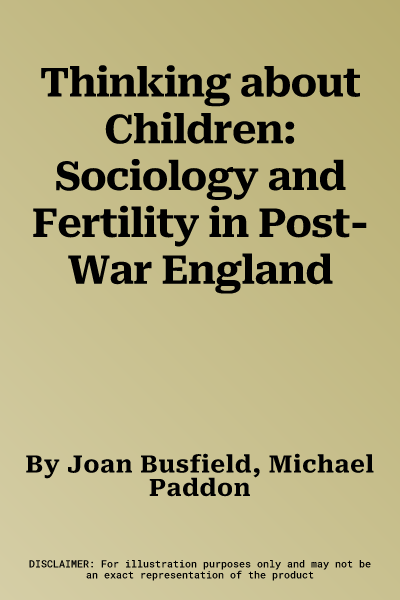Joan Busfield
(Author)Thinking about Children: Sociology and Fertility in Post-War EnglandHardcover, 27 May 1977

Temporarily out of stock
Free Delivery
Cash on Delivery
15 Days
Free Returns
Secure Checkout

Print Length
336 pages
Language
English
Publisher
Cambridge University Press
Date Published
27 May 1977
ISBN-10
0521214025
ISBN-13
9780521214025
Description
Product Details
Authors:
Book Format:
Hardcover
Date Published:
27 May 1977
ISBN-10:
0521214025
ISBN-13:
9780521214025
Language:
English
Location:
Cambridge
Pages:
336
Publisher: